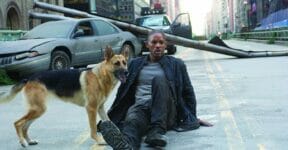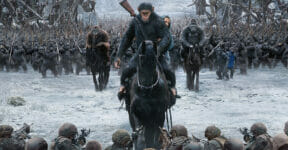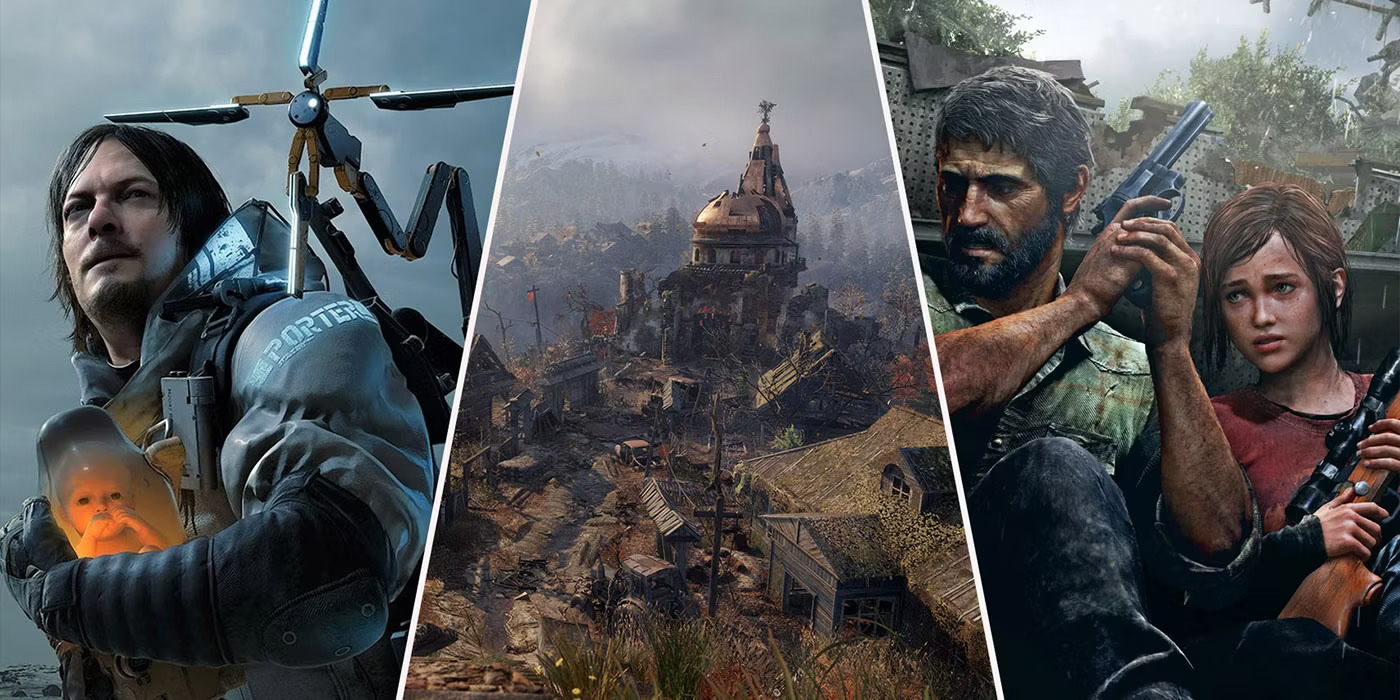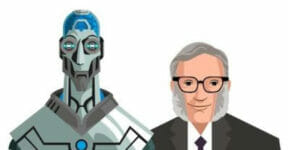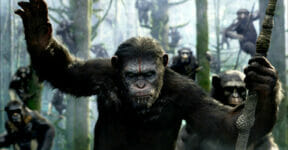What’s the worst possible thing that could happen to us in the future? Zombies attacking? Plagues that kill off millions? Starvation? Loss of potable water? War? Alien invasion? No more video games?!!
What if it’s nothing more than the wrong leadership being given ultimate power and allowed to have their ultimate way? A situation like that could turn into a dystopian world in a hurry. The worst part is that can really happen! Many believe it already has many times throughout history.
Not sure what a dystopian world would be like? Even if you’re already an expert, you should check out the books below that deal with dystopian societies.
Fahrenheit 451 by Ray Bradbury
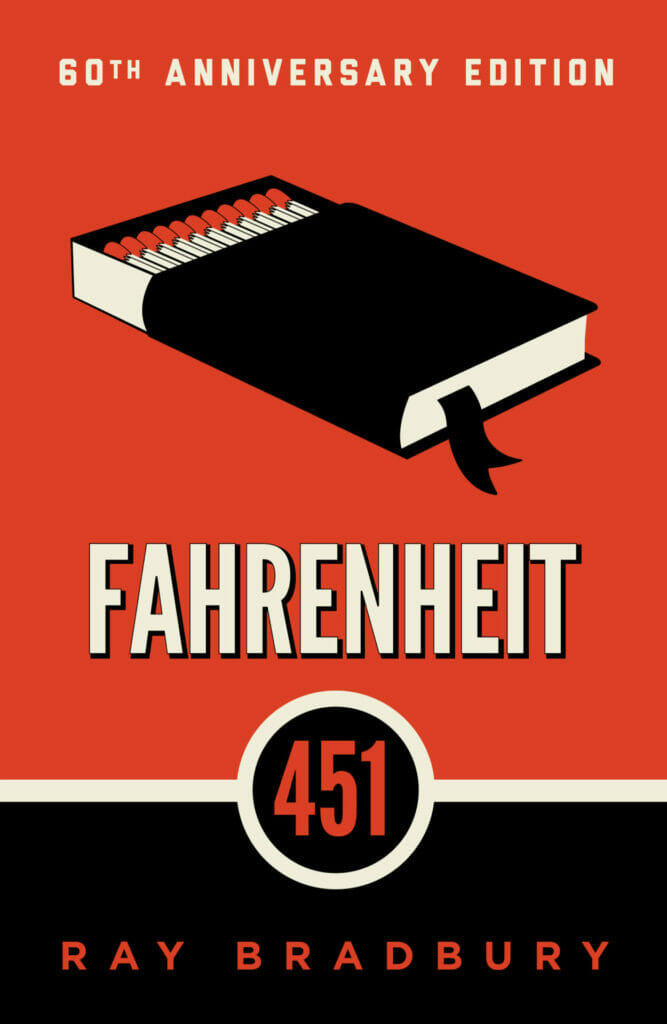
Regarded as a masterpiece of Ray Bradbury, it tells the story of a fireman whose work requires him to burn books. The law of the land in Fahrenheit 451 is that reading a book of any sort is prohibited. Guy Montag, the protagonist in the storyline, begins to wonder about his mission after taking a Bible from an elderly woman.
We by Yevgeny Zamyatin
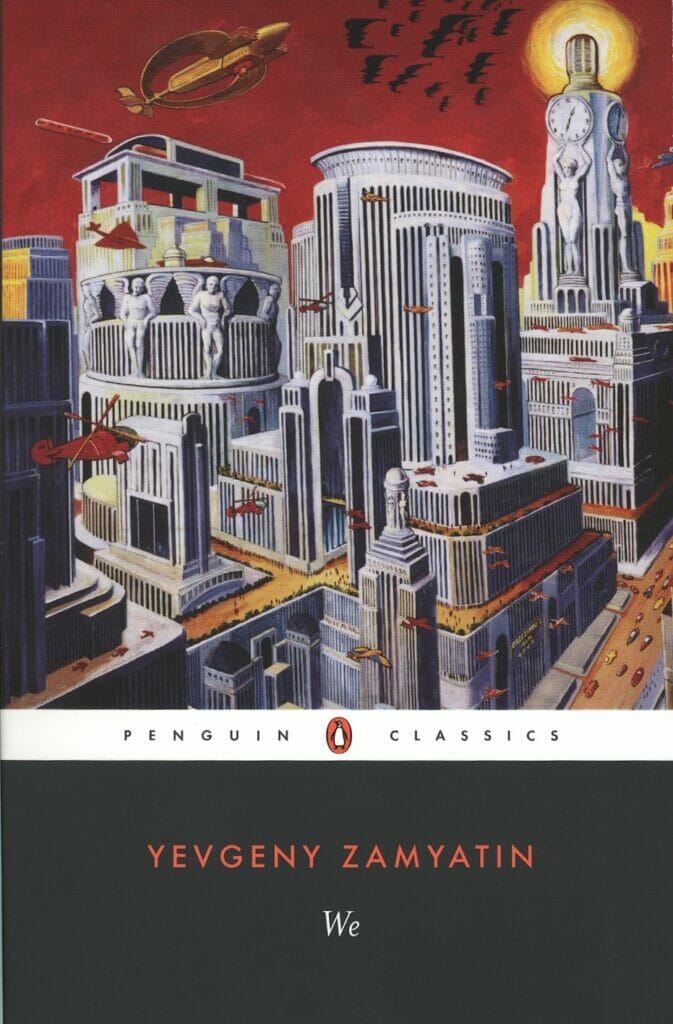
Dystopian fiction was born in 1924 with the release of “We” by Yevgeny Zamyatin. The novel was written several years earlier in Russian, but it was the English-translated version that first hit the bookstore shelves. The original Russian text only appeared 28 years later. “We” revolves around the idea that the future society is comprised of nameless robot-like individuals, identified only by numbers.
The Power by Naomi Alderman
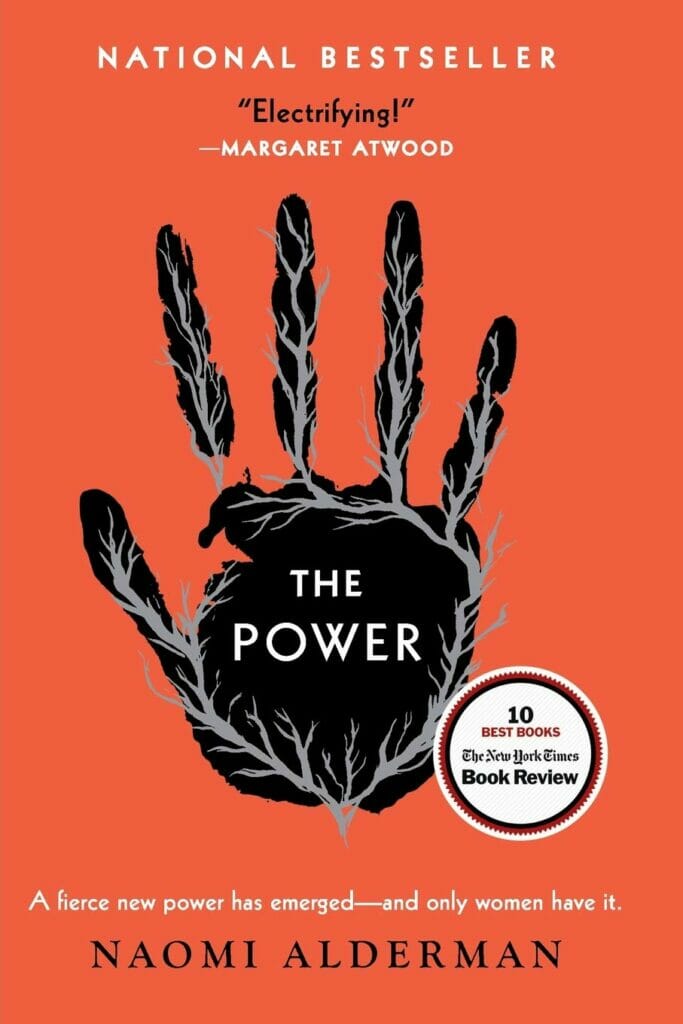
Set in the distant future when women become the ultimate leaders of the world, The Power talks about system’s inequality. Now that women are in positions of undisputed authority, they take advantage of the circumstances to redress every bit of imbalance from the old system. It comes with an interesting perspective because the narrator is a male author.
The Dispossessed by Ursula K. Le Guin
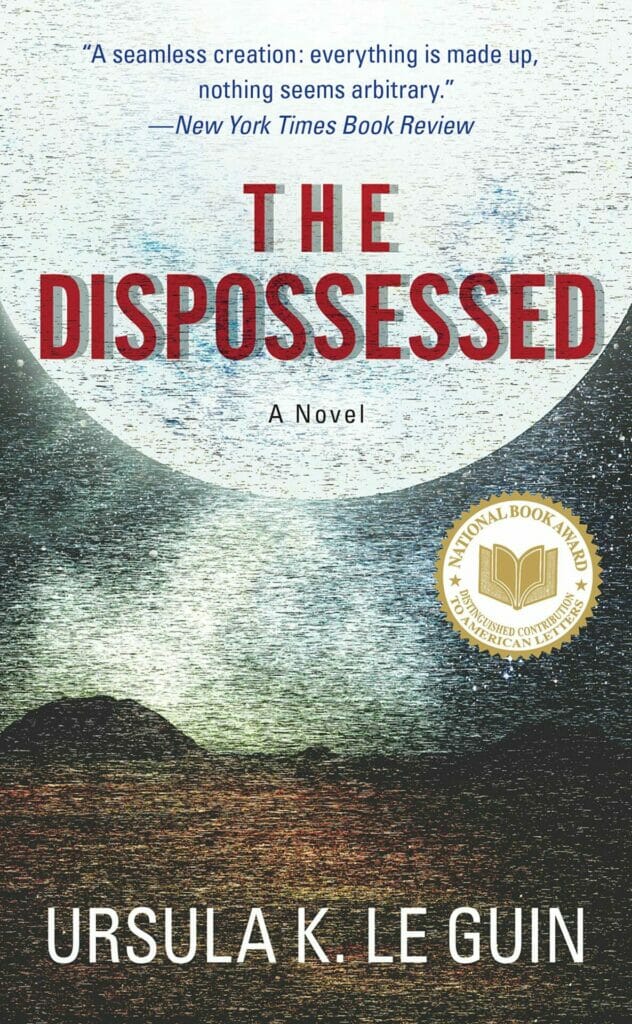
Unlike most books on the list, The Dispossessed deals a lot with utopian society. It narrates the story of Shevek, who is trapped in two contrasting yet parallel worlds. His adventures shall unveil the striking differences between the constraints of capitalist society and the dangerous freedom of an anarchic one.
Slaughterhouse–Five by Kurt Vonnegut
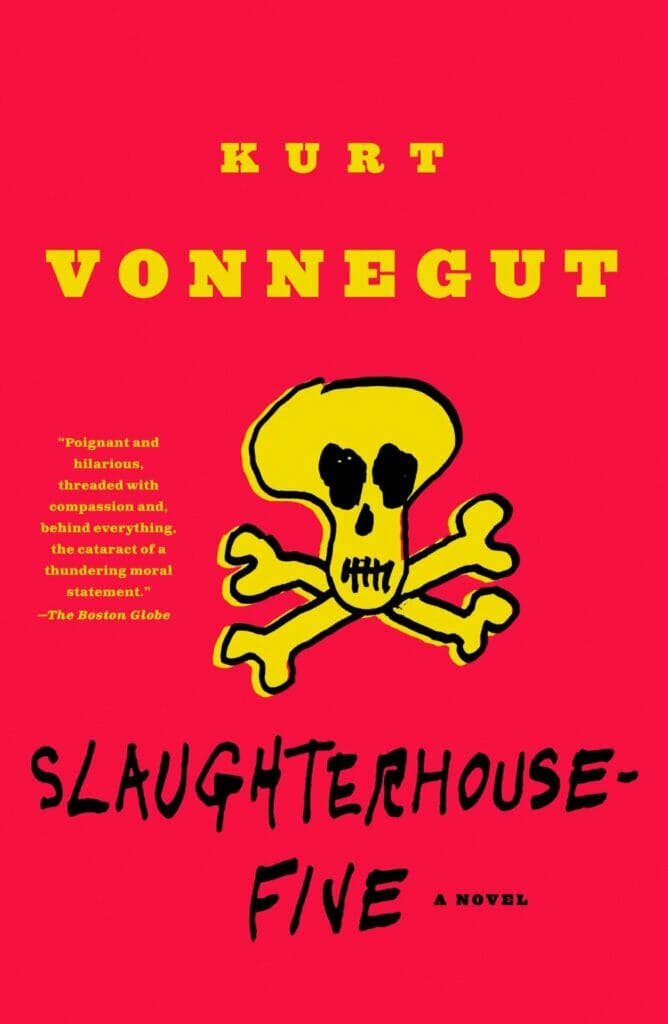
Billy Pilgrim flings back and forth between his years after returning to the United States and the time he spent as a soldier in World War II. When he is kidnapped by an extraterrestrial race, he cannot help but wonder how humans and aliens exhibit the same wartime sentiments.
The Handmaid’s Tale by Margaret Atwood
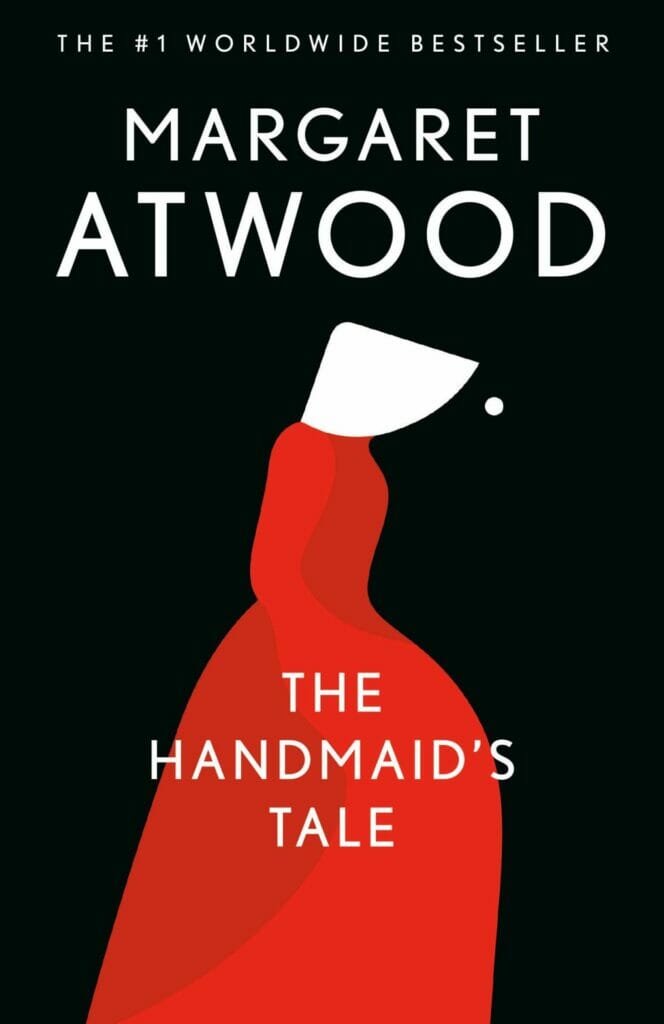
America is at a bleak point as the power of the government is now in the hands of a religious sect. Order of the society is reverted to the old rules, in which women only serve as subordinates to men. A young woman named Offred is assigned the role of a handmaid, whose only function is to produce children.
A Clockwork Orange by Anthony Burgess
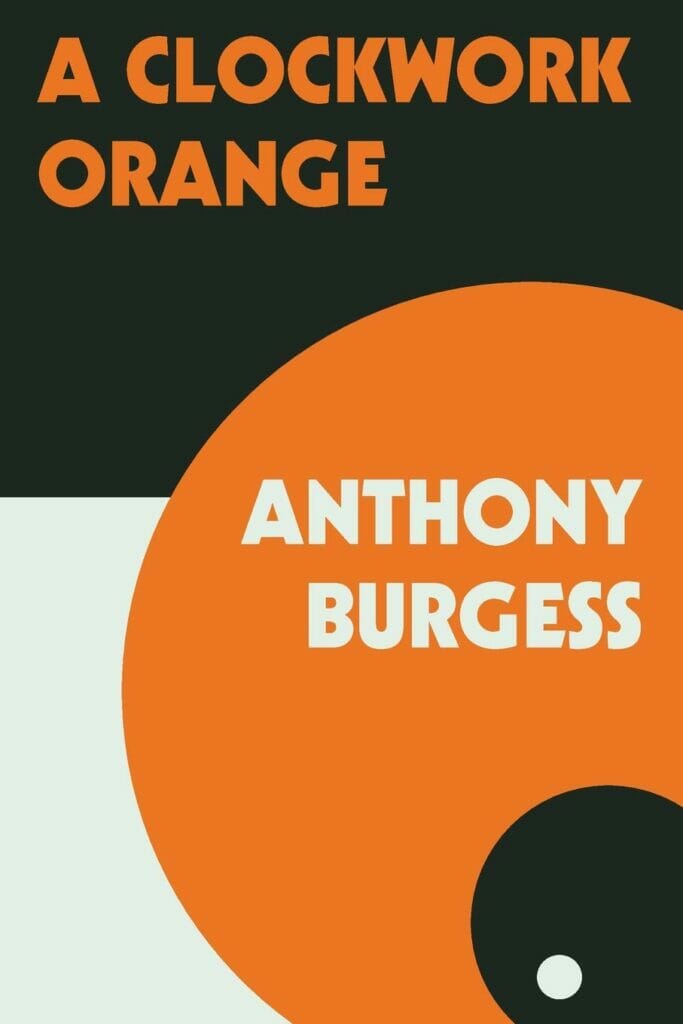
At times the society expects too much from the youth, and Alex refuses to take the matter lightly. He is a rebel with every imaginable cause, expressing his discontent through brutal crimes and vandalism. Filled with haunting and vivid descriptions of violence, the dystopian fiction depicted in A Clockwork Orange might not be for everybody.
The Parable of the Sower by Octavia E. Butler
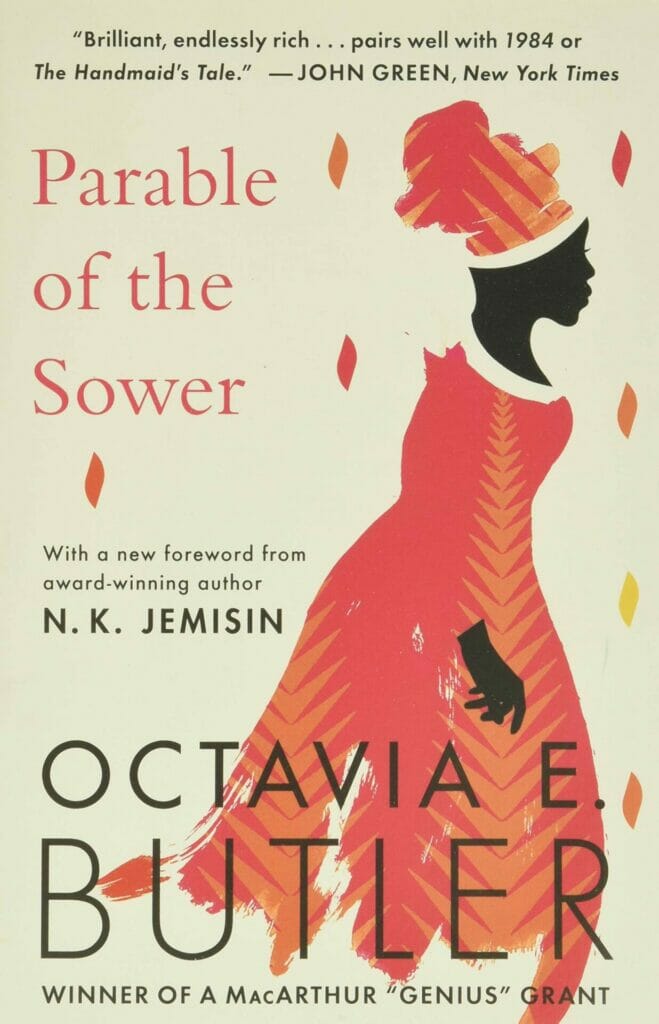
Abject poverty and anarchy are commonplace in a future America. A small, gated community, where Lauren lives, will do their best to be self-sufficient without coming out to the dangerous world beyond the fence. That said, Lauren doesn’t think the fragile peace can last any longer. She is prepared to travel north for a better life.
The Book of Dave
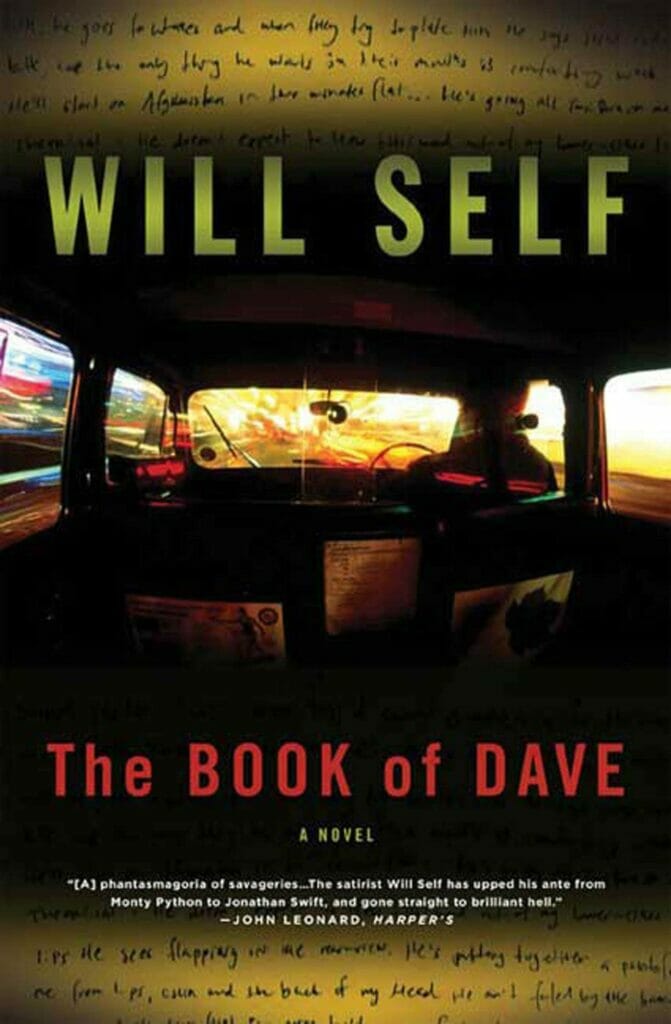
Five hundred years into the future, a devastating flood strikes and drowns much of London. Survivors concentrate in a small area known as the Isle of Ham. One day somebody discovers a metal tablet full of inscriptions and treat it as a holy text. They don’t know the text is nothing but an angry rant of a taxi driver named Dave.
Flow My Tears, the Policeman Said
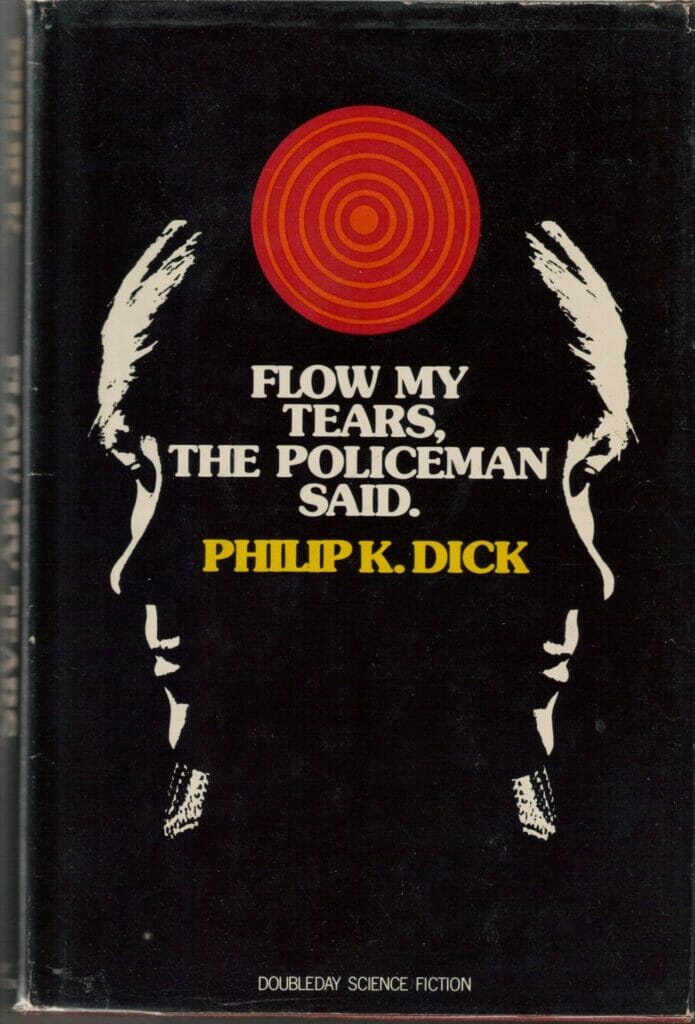
When the book mentions a future America, it refers to the late 1980s. Class boundary is apparent, and everyone is at risk of losing personal identity. Jason Taverner wakes up one morning and realizes that his celebrity status has disappeared. No one recognizes him anymore; his birth certificate doesn’t even exist.
Snuff by Terry Pratchett
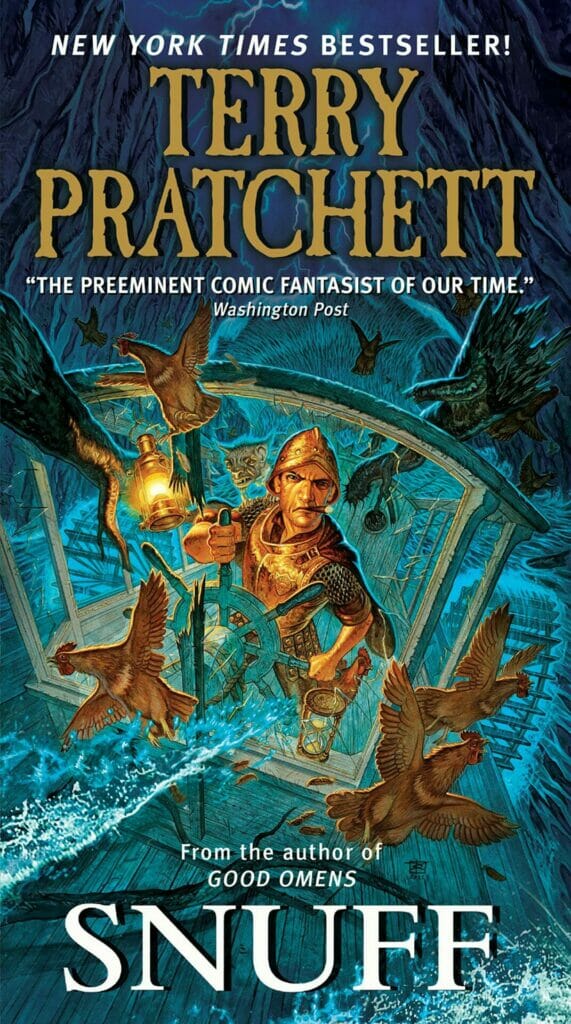
While on a holiday in his wife’s opulent mansion, the Duke of Ankh discovers all sorts of illegal businesses run by a crime syndicate. Most of the high-raking perpetrators are local magistrates and aristocrats. A massive part of the operation involves drug trades and goblin trafficking. Corruption and abuse of power render the law practically useless.
The Windup Girl by Paolo Bacigalupi
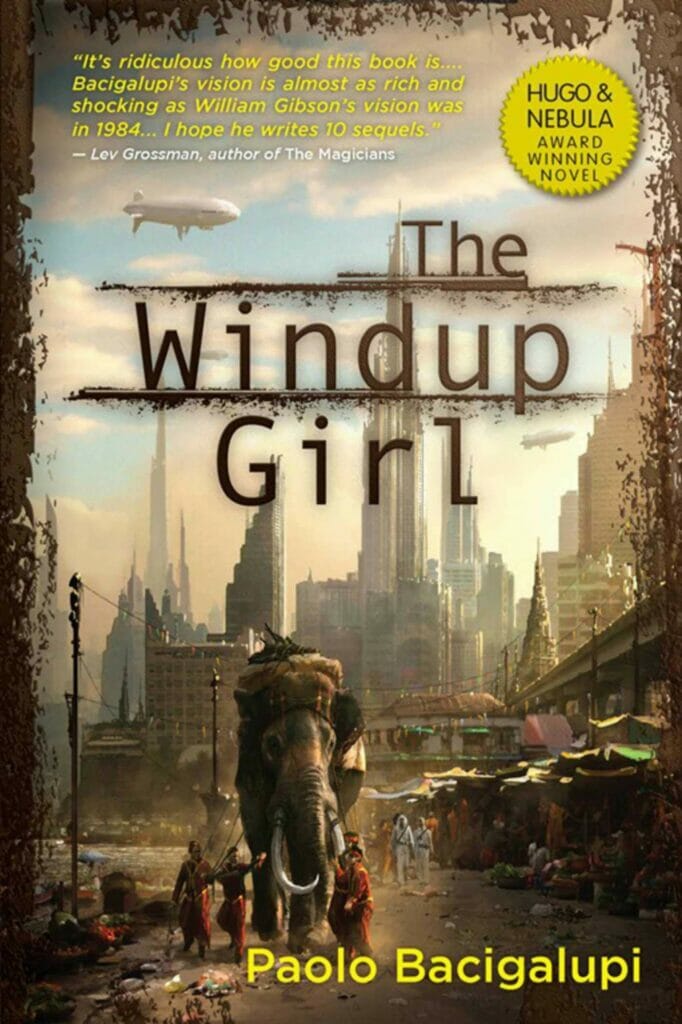
In world dominated by American food corporations, the only fruits and vegetables in existence are genetically modified organisms. Emiko, a girl of Japanese origin, also is genetically modified to be obedient. The word “natural” has long gone from everyday conversation. Thailand becomes the last stronghold against the power of global GMO enterprises.
The Water Knife by Paolo Bacigalupi
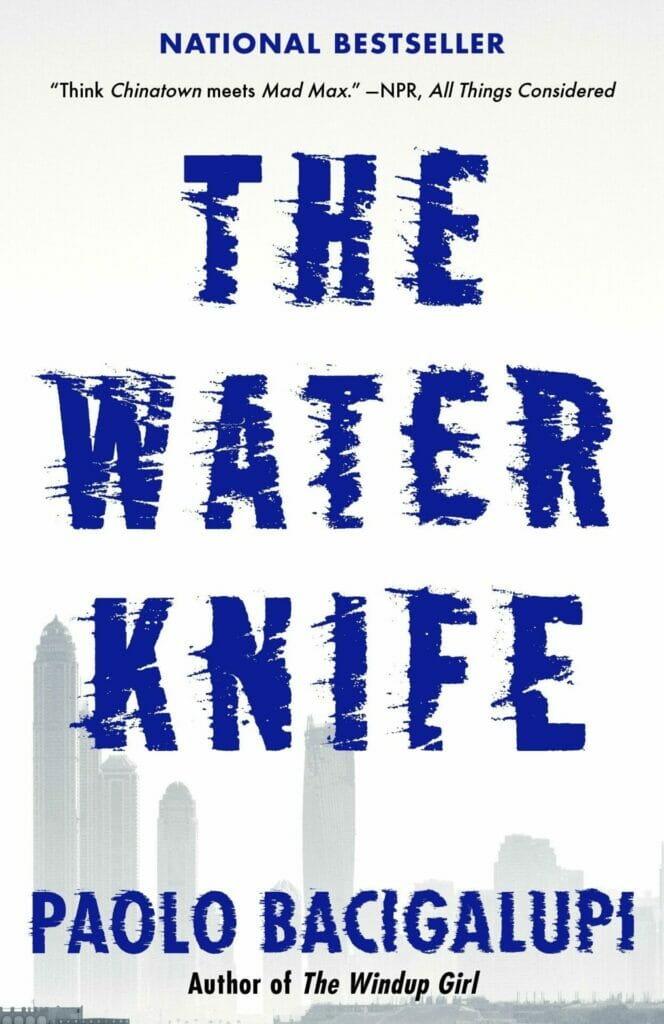
Another novel from Paolo Bacigalupi, The Water Knife takes a similar narrative approach to that of The Windup Girl. However, the organic substance that becomes the main issue in the former is water. The story is set in the American southwest against the backdrop of an entire country stricken by severe drought.
Ship Breaker by Paolo Bacigalupi
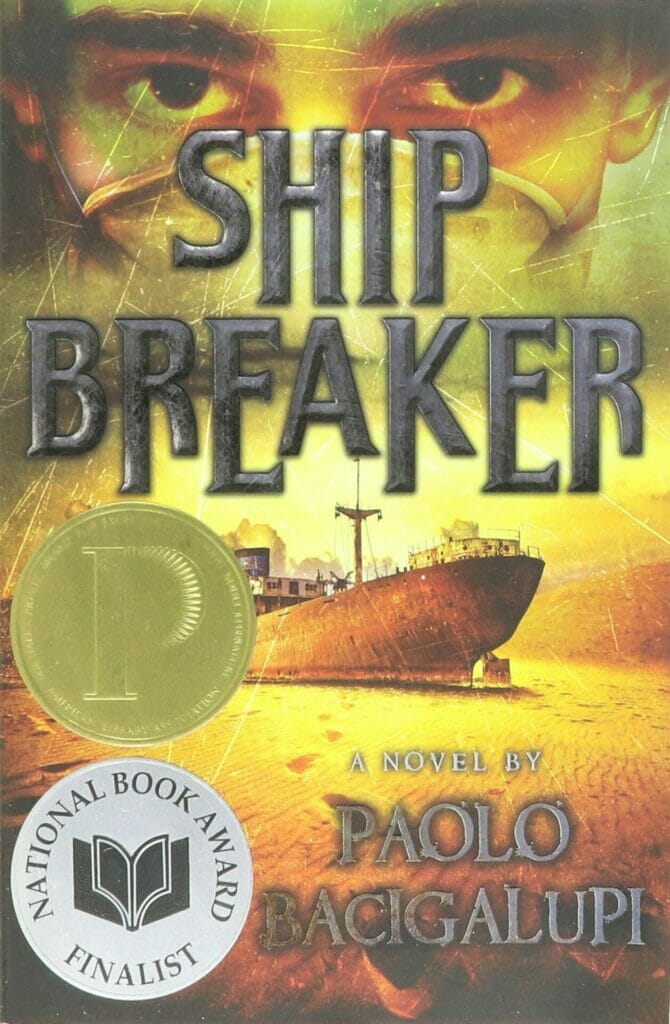
Compared to the other two works by Paolo Bacigalupi, Ship Breaker features the least fantastical storyline, and yet the bleakest dystopian fiction. About a century into the future, the southern coast of America no longer exists due to the melting ice caps. Amidst an unstable country controlled by economically oriented clans, Nailer struggles to find hope for better days with his work as a ship breaker.
After The Flood by Kassandra Montag
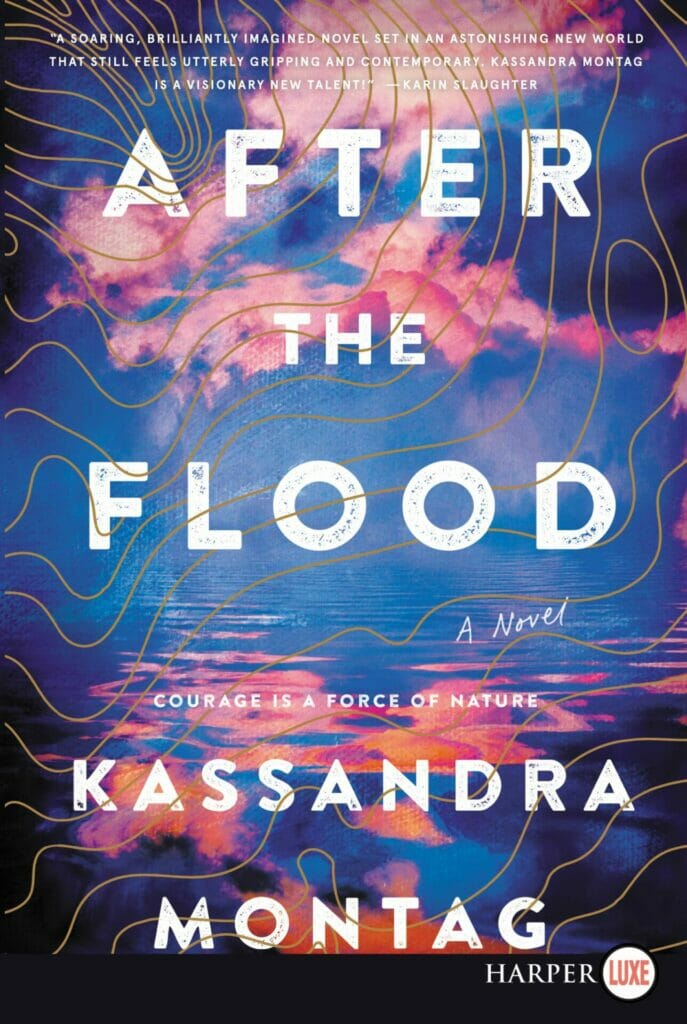
At the center of the story is a mother doing her best efforts to keep her two daughters safe. The oldest daughter, now 12, is mature enough for some raider crews known for their atrocity of forcing women to become pregnant. It is going to be a struggle because the family lives on a boat.
American War by Omar El Akkad

The purpose of American War is simple: the author wants American readers to imagine what it is like if their country is reduced to ruins by a never-ending war and the escalating effects of climate change. Regulation to prohibit the use of fossil fuels triggers an uprising among the southern states, sending the nation into the brink of another bloody civil war.
The Age of Miracles by Karen Thompson Walker

A natural phenomenon called the “Slowing,” in which the planet’s rotation decelerates, brings the threat of a global catastrophe. A 24-hour day no longer applies; by the end of the book, a single rotation takes an entire 12-week period. Radiation also intensifies as the planet’s magnetic field is changing.
The Salt Line by Holly Goddard Jones
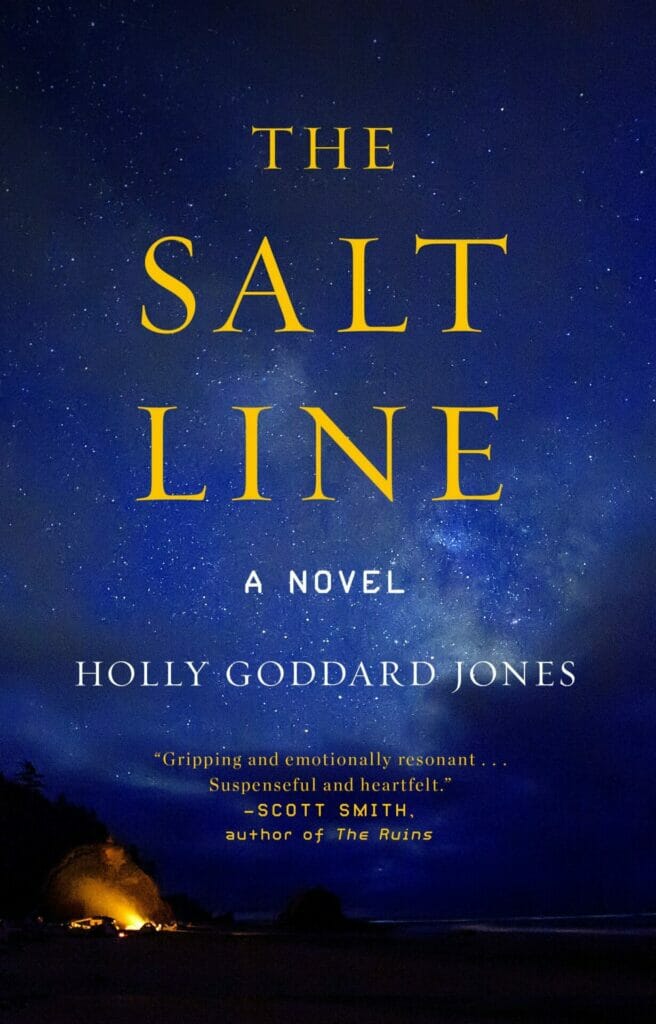
The entire population of the United States is now confined inside giant walls, designed to prevent the ticks that carry the lethal Shreve’s disease from infecting humans. Life behind the walls is nothing extraordinary, but the rich and powerful are eager to make an adventurous journey into the natural world beyond the safe confinement.
Vox by Christina Dalcher

The premise in Vox is similar to that of The Handmaid’s Tale where the United States has fallen under the control of fundamentalist. Women are only allowed to speak no more than 100 words per day. When the president’s brother suffers from an injury to his part of the brain that controls language, Dr. Jean McClellan – a mother of four – must step in.
We’d often rather read books about a zombie apocalypse than those about some person or group that rises to power and makes serious changes in our lives that negatively affect us all. Let’s face it, zombies are fun because they’re fake, but people often support a strong leader, even a bad one. Giving any person or group too much power is a bad thing for most societies. What are your thoughts on dystopian societies? Tell us what you think. We’d love to hear from you.
If you liked this, then check out Best Books on Post-Apocalyptic Fashion: Dress to Kill or Be Killed!
Things you might want to know about.
What are some examples of books about fictional dystopian societies?
According to exampes.yourdictionary.com there are many different books about dystopian societies in this genre. Here is a list a places you may want to delve in into.
1. 1984 by George Orwell…. Oceania
2. A Clockwork Orange by Anthony Burgess…. Futuristic England
3. Animal Farm by George Orwell…. Dystopian England
4. Atlas Shrugged by Ayn Rand…. Dystopian U.S.A.
5. Brave New World…. Futuristic England
6. Fahrenheit 451 by Ray Bradbury…. Futuristic U.S.A.
7. Lord of the Flies…. Unnamed Island
8. The Handmaid’s Tale…. Gilead
9. The Hunger Games…. Panem
10. The Lottery by Shirley Jackson…. Undisclosed rural community
What are examples of books with devastating dystopias?
According to britannia.com many authors use futuristic worlds in their novels when writing about the strength of the human spirit. Here is a list of books and authors for you to discover in your own time machine. Check out this website for more details.
1. The Time Machine (1895) by H.G. Wells
2. The Iron Heel (1907) by Jack London
3. My (1920: We) by Yevgeny Zamyatin
4. Brave New World (1932) by Aldous Huxley
5. Atlas Shrugged (1957) by Ayn Rand
6. A Clockwork Orange (1962) by Anthony Burgess
7. The Handmaid’s Tale (1985) by Margaret Atwood
8. The Children of Men (1992) by P.D. James
9. The Giver (1993) by Lois Lowry
10. The Road (2006) by Cormac McCarthy
What are the characteristics of a dystopian society?
According to Michael Bodhi (studiobinder.com) you need to understand what a Utopian society is first. It derives from the Greek word meaning “no place”, which basically means that no place could actually exist because of human nature and its reality. Examples of utopia are Shangri-la from the novel called Lost Horizon and the 23rd century Earth in Star Trek.
Dystopia is the opposite of utopia. Bodhi says it’s “a state in which the conditions of human life are extremely bad as from deprivation or oppression or terror (or all three). A dystopian society is characterized by human misery in the form of squalor, oppression, disease, overcrowding, environmental destruction, or war.”
Bodhi continues stating that “other real-life dystopias include massive fire destruction in the Western United States due to climate change; and the pandemic raging through authoritarian countries such as India and Brazil.”
Check out the interesting article that Bodhi (studiobinder.com) writes about dystopias and its characteristics.


